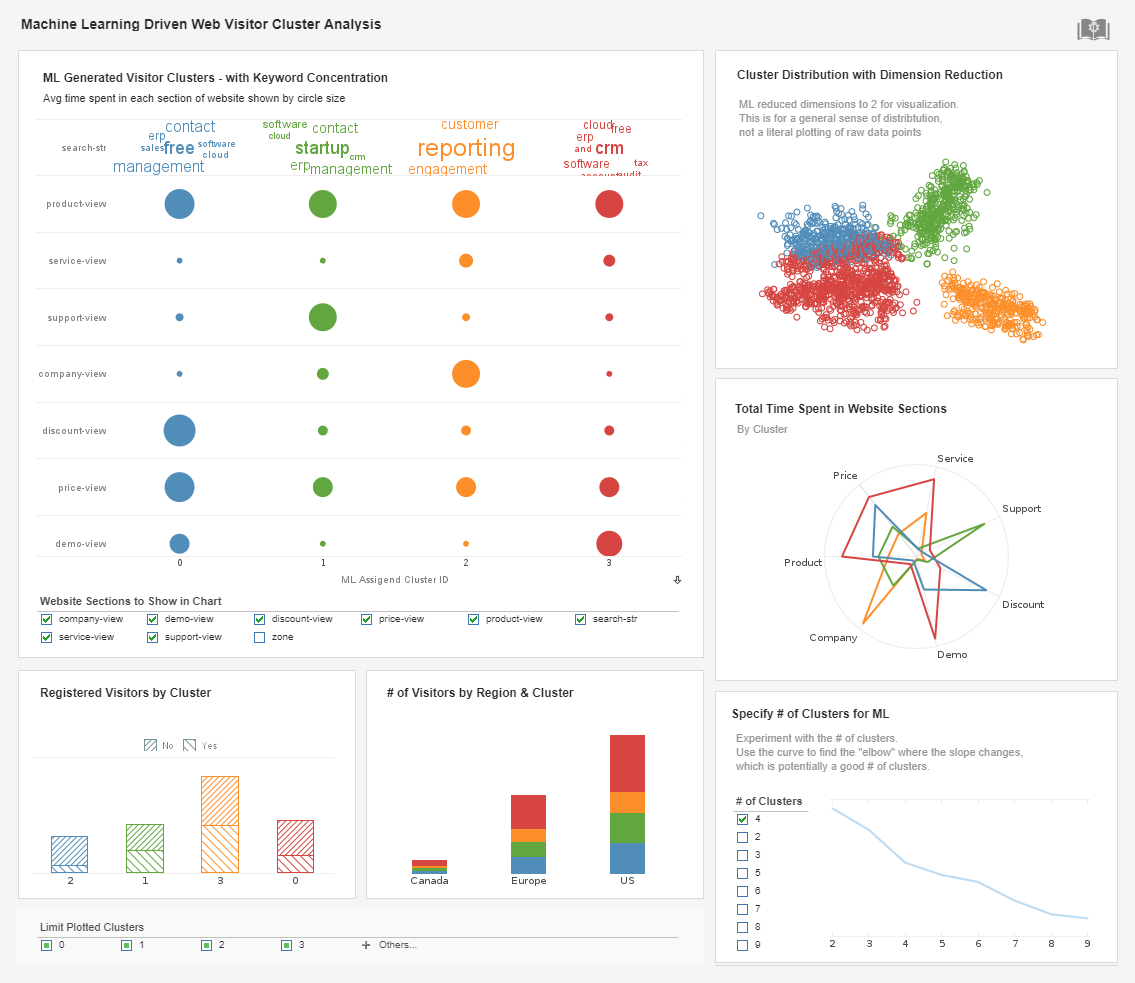InetSoft Webinar: What Are Some of the Problems with Traditional Business Intelligence?
Below is the continuation of the transcript of a Webinar hosted by InetSoft on the topic of Traditional BI vs Agile BI. The presenter is Mark Flaherty, Vice President of Marketing at InetSoft.
Mark Flaherty (MF): One of the reasons agile BI is more in demand today is in response to increasing data access pressures. Data capture grows exponentially, and business knows there’s gold in that data. Data has grown so much, people use a new term to describe it: big data. Big data, itself, has become one of the hottest topics out there: big data. There are lots of reasons why there is so.
There is just so much data out there nowadays, lots of web data and lots of operations machine generated data, lots of information that needs to be processed that people need to understand what's going on and make decisions based on the data. So today we are going to dig into this topic of visual analysis of big data.
Let's start by explaining the types of big data. Perhaps one of the most popular areas out there right now is Web data, and you find it in a number of forms, depending upon the business requirements that you have. Click stream data is one of most popular there, especially when looking at ecommerce. Trading data is another one. Or, if you are in a specific niche like online gaming, it will have very, very high volumes of data being produced there.
Equally, if you are into online advertising and trying to analyze what's happening with impressions and clicks in online advertising, again the volumes of data are very large. Social networks create tons of unstructured data. Some vertical industries are well known for large data volumes.
Telcos, for example, increasingly are getting more and more data especially now that not just associated with phone calls, but for mobile devices all the kinds of data activities are tracked. Now have the ability to locate where people are with their mobile devices given that most of those devices have a location sensor in them, and so this additional data that can be taken advantage of from mapping applications.
 |
Read why choosing InetSoft's cloud-flexible BI provides advantages over other BI options. |
Other industries like retail and pharmaceuticals are well known for generating large data volumes. If you just take one of those Web data examples, social networks, as you can see here the world is most definitely obsessed with Facebook. Here’s a snapshot of some of the activities going on in Facebook today. One in thirteen people in the world is a member of Facebook. 500 million active monthly users for 500 billion pages viewed every month. That makes 25 billion new pieces of data every month. So this kind of site is a unique site, and it has quite enormous volumes of data.
You could think of a few others as well, for example eBay or Google or Yahoo. They would probably be up there to, and Amazon of course. But in addition, we also have the emergence of sensors. Sensors perhaps started out with RFIDs, which are now in abundance across to the world. But now we have sensors able to detect a whole range of things from light, vibration, or airflow pressure.
In addition to these structured types of data, we have also got the world of unstructured content. I have read that as much as 80% of our data is in unstructured form. Some examples are news feeds, blogs, Twitter, of course, Facebook I already mentioned, e-mail, RSS feeds, all of that, all representing unstructured content. And yes we have rich media as well which is video and sound, but text in particular is now a hot area for a lot of organizations, particularly trying to understand things like sentiment and what’s going on with respect to their competitors.
 |
Read the top 10 reasons for selecting InetSoft as your BI partner. |
Companies are also trying to combine that kind of volume of click stream data with customer data in order to understand behaviors. In ecommerce people are trying to understand what’s selling together online in a basket analysis and also trying to understand whether any of the promotions or recommendations are effective.
| Previous: Example of an Advanced Visualization |
Next: Mobile BI
|


